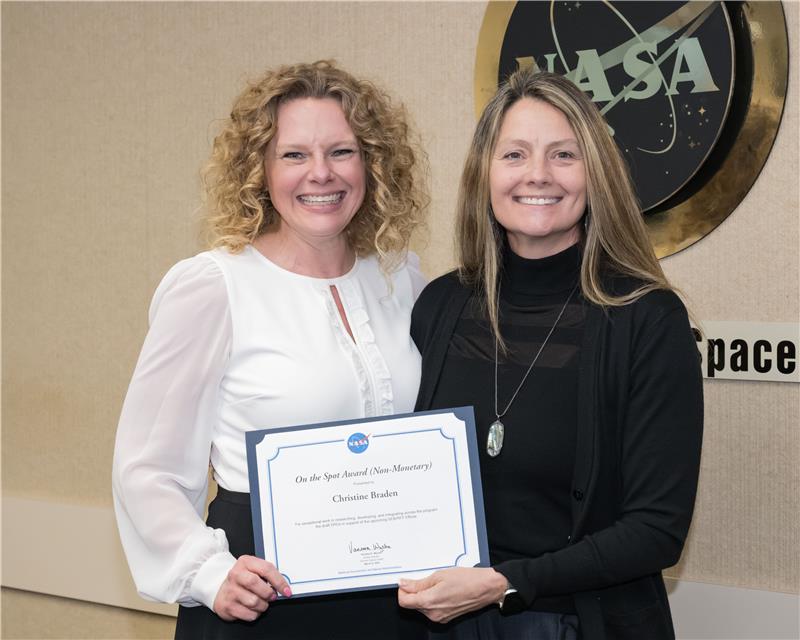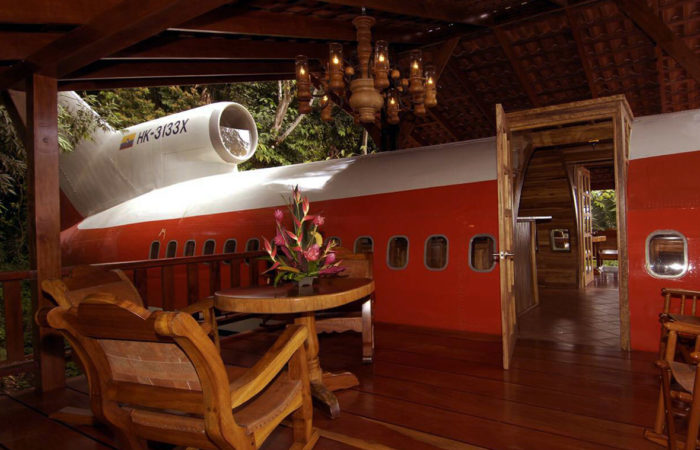4 min read
Christine Braden values new experiences that broaden her perspective; a mindset that has guided her 26-year career at NASA's Johnson Space Center in Houston, where she currently serves as a senior systems engineer in the Commercial Low Earth Orbit Development Program. In her role, Braden works with engineering teams to develop commercial space stations that will prioritize the safety of astronauts while maximizing cost-effectiveness and the scientific research capabilities onboard.
Managed by NASA's Space Operations Mission Directorate, the program supports the development of commercially owned and operated space stations in low Earth orbit from which the agency, along with other customers, can purchase services and stimulate the growth of commercial activities in space. Designing and developing these space stations is the first step of NASA's two-phase approach, enabling the agency to certify stations and procure services as one of many customers.
With a bachelor's degree in Technical Management from Embry-Riddle Aeronautical University, Braden brings a strong engineering foundation to her work. However, her role unique because it allows her to merge technical expertise with her creative instincts.
"My team must think outside the box to define new ways that ensure that the commercial providers' technical integrations, requirements, development, and operations are designed to the highest degree possible," said Braden.
Recently, she proposed a certification and systems engineering architecture that redefines how companies will interface with NASA and each other in an evolving landscape. Braden's hybrid approach strikes a balance, allowing companies to innovate while favoring shared assurance and accountability. It also gives NASA situational awareness of the companies' design, tests, mission, and operational approaches. As a result of her efforts, Braden was recognized with an "On the Spot" award.

Looking ahead, Braden envisions a world where commercial space stations are a hub for science and technology, spacecraft are more efficient, spaceflight is more accessible, humans are back on the Moon, and Mars is the next frontier. In reflecting on these agency-wide goals, Braden finds that working with passionate team members makes her day-to-day work truly special and enjoyable.
"I am a part of a small, close-knit team that works together to make these advancements in space exploration happen for the world," said Braden. "Working at NASA is a once-in-a-lifetime opportunity that not only defines my working life going forward but also provides me with an experience I can share with some truly amazing people."






